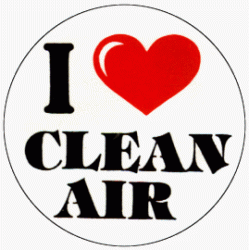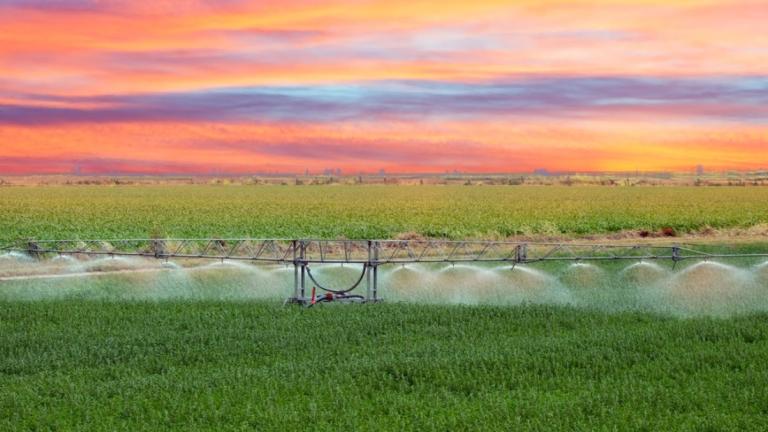 In a huge victory for public health, today the Supreme Court issued its opinion in a case considering the EPA’s Cross-State Air Pollution rule, which is designed to protect Americans from dangerous air pollution from coal-fired power plants.
In a huge victory for public health, today the Supreme Court issued its opinion in a case considering the EPA’s Cross-State Air Pollution rule, which is designed to protect Americans from dangerous air pollution from coal-fired power plants.
In a 6-2 decision, the court delivered a resounding victory for clean air and public health, affirming EPA’s authority to deliver a protection that will reduce soot and smog pollution from power plants in 28 states, improve air quality, and reduce life-threatening respiratory illnesses that affect millions of Americans.
Air pollution from power plants doesn’t stop at the state line, and without this strong safeguard, communities living downwind from coal plants would have suffered greater exposure to severe health problems. The Cross-State Air Pollution rule will prevent thousands of premature deaths, avoid 19,000 hospital and emergency room visits, prevent 1.8 million missed work and school days, and improve the lives of millions every year.
I grew up in the Smoky Mountains of East Tennessee, one of the many places where this standard will make a big difference. In the Smokies, we suffer from air pollution blowing in from the many coal plants in the Tennessee and Ohio Valleys. That is the very “cross state air pollution” that this safeguard will reduce.
The Cross State Air Pollution standard is an update of a system that has been in place in the eastern half of the U.S. for years, to set air pollution levels for the coal plants in the region. This region-wide system was created to help alleviate coal pollution generated in one state and blowing into many others. When I was growing up in the Smokies, the predecessor to the cross-state rule delivered results: it made our air cleaner and safer, reduced acid rain, and helped clear the endangered mountain views that were the bedrock of our tourism-based economy. But there is still more work to do, because power plant pollution still harms public health and local economies.
The Cross-State Air Pollution rule updated that time-tested system to reflect the latest science and better protect public health. Unfortunately, the rule’s fate was thrown into question after industry and a handful of states challenged the rule and prevailed in a lower court. But today the Supreme Court, in a clear and unambiguous ruling, affirmed the EPA’s authority to regulation air pollution that crosses state boundaries.
Today’s decision upheld the rule in its entirety, in a resounding victory for EPA, clean air, and public health. Now the people of East Tennessee, and many other states and cities, can look forward to cleaner air. The ruling means that parents won’t see as many “red alert” air quality days forcing their kids to stay indoors, and we can keep making progress in cleaning up unhealthy air. It also means that coal plants in the central and eastern US that have not yet installed modern pollution controls will be under more pressure to finally deal with their air pollution.
In the U.S., more than more than 40 percent of people live in areas with unhealthy levels of air pollution. Americans need the Cross State Air Pollution because it will improve air quality for much of the nation. This updated safeguard means that, for the first time in years, the air that people breathe in cities across the central and eastern United States will more likely meet minimum public health safety standards.
Next, we will press ahead to implement the Cross State Air Pollution rule to make sure the air is cleaner for everyone. But for now, let’s take a moment to celebrate this major, historic victory for clean air and healthy families.
— Mary Anne Hitt, Beyond Coal Director


